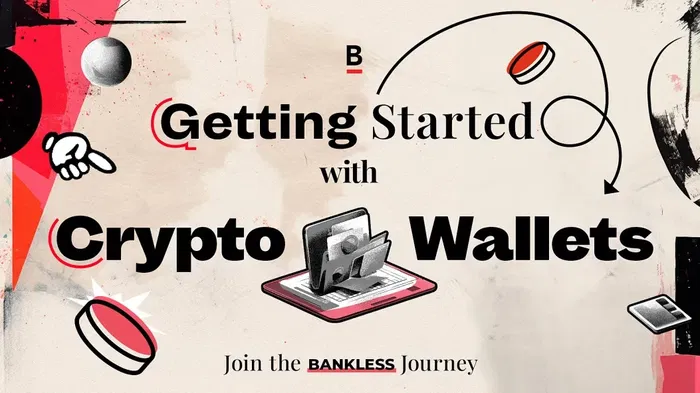
Subscribe to Bankless or sign in
Now that you know why we’re here in crypto, the next part of our ongoing Bankless Journeys series is going to demystify one of the most crucial components of the entire cryptocurrency ecosystem—the wallet.
A wallet is a way to store and transact with crypto, but it's also like a gateway to your identity and digital assets. It can act as your onchain resume, showcasing your interactions within the crypto space and qualifying you for new experiences like airdrops and NFT mints. You can also use your wallet to sign in to crypto apps so you can bring your data with you and own it wherever you go.
In this Journey, we’ll highlight some of the top wallets available to you today and then touch on some additional possibilities, from registering an ENS name for your addresses to securing your wallet stack from crypto hacks. Let’s begin!
Subscribe for free to continue reading
- Support the Bankless Movement
- Access to thousands of articles
- Complete archive of Bankless episodes
- Embark on free quests in Airdrop Hunter
- Daily alpha in your inbox
Already subscribed? Sign in





